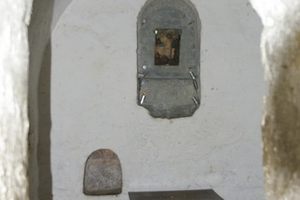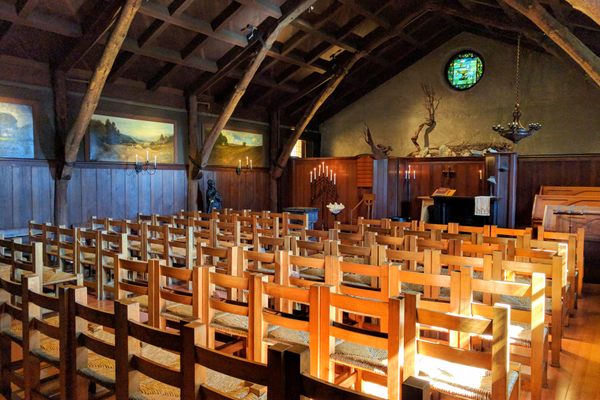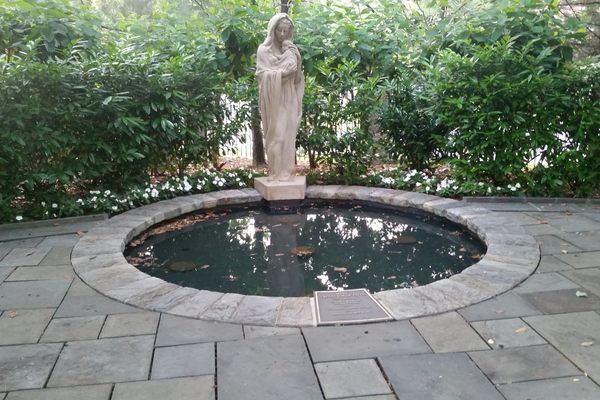About
Founded in the 10th century, the ornate religious complex known as Fountains Abbey remained in active use for over 400 years and miraculously continues to stand in much of its original form despite being denounced in the 1500s.
The 70-acre site known collectively as Fountains Abbey was originally nothing more than some wooden church buildings resting on a verdant field. The abbey was slowly expanded and converted to stone materials across its centuries of use, experiencing fires and destruction from religious opponents, each time rebuilding the abbey a bit greater. At its height, the church complex was the largest and richest abbey in all of England, yet it was so large that it was also known to be in varied states of disrepair as no one seemed to be able to keep up the maintenance of the aging complex. It wasn't until Henry the VIII ordered the dissolution of all monasteries in the 1500's that the abbey finally shut down.
After the mandated abandonment, potions of the site were destroyed, but the majority remained and over the ensuing centuries, a water garden was built around the ruins which would become almost as famous.
Despite the abandonment, the ruins ended up being fairly well-maintained thanks to its location in the Studley Royal Water Gardens, created by John Aislabie in 1718. As a result, Fountains Abbey is the largest remaining abbey from its time and also the most well preserved. While it is a popular tourist spot, it is also often used in television and film projects.
The whole area, Studley Royal and Fountains Abbey, has been designated a World Heritage Site. As visitors walk around the abbey and the immaculate lawns and follies of the water park, they won't have any problem understanding why.
Related Tags
Know Before You Go
Free entry to both National Trust and English Heritage members. Tickets give access to both the abbey and the water gardens, which are adjacent to each other.
Community Contributors
Added By
Published
May 8, 2014











































